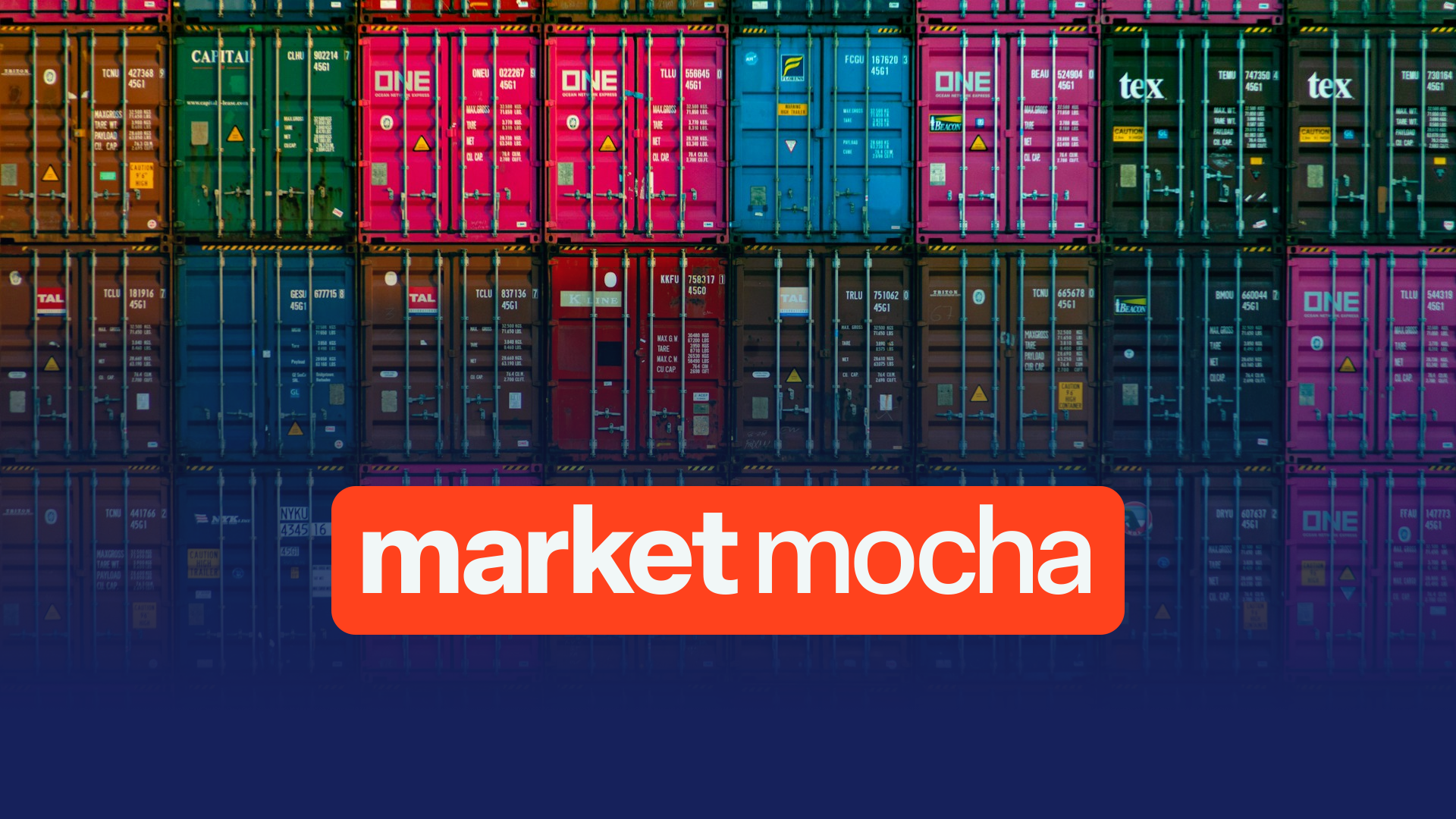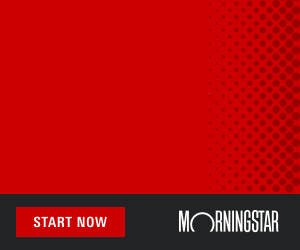The White House is preparing to unveil sweeping new tariffs of up to 20% on most imported goods, totalling roughly US$3 trillion ($4.8 trillion) annually, as part of what President Donald Trump has dubbed “Liberation Day.” The measure, if implemented, would mark the broadest tariff escalation in modern US history.
White House Press Secretary Karoline Leavitt confirmed the new duties will take effect immediately following Trump’s announcement, expected at a Rose Garden event on Wednesday afternoon (Thursday AEDT). Trump has indicated the tariffs could be applied universally, not just to selected countries or sectors.
The proposal — first reported by The Washington Post — remains under review, with aides also considering a reciprocal model that would impose tariffs matching those levied on US exports. But recent statements from Trump suggest a broader, simpler approach is gaining traction.
Economists have warned the 20% blanket tariff plan could send shockwaves through the global economy. Moody’s Analytics chief economist Mark Zandi said the proposal could trigger a year-long US recession, lifting unemployment above 7% and wiping out over five million jobs if met with full retaliation by trading partners. The Tax Foundation has estimated such tariffs would cost US households an average of US$2,045 annually.
Since returning to office in January, Trump has imposed tariffs on steel, aluminium, vehicles, and all Chinese goods, affecting over US$1 trillion in trade. His administration now appears set to more than double that figure. By comparison, Trump’s first-term tariffs covered about US$380bn in imports.
The Office of the United States Trade Representative has also flagged multiple foreign trade barriers in its 2025 National Trade Estimate Report, released Monday. Australia’s biosecurity laws, pharmaceutical patent protections, media bargaining code, screen quotas, and investment restrictions were all listed among US trade concerns ahead of the announcement.
Markets have shown signs of strain in the lead-up to the announcement. The S&P 500 fell 4.6% in the first quarter of 2025, while the Nasdaq declined 10.4%. Business sentiment surveys point to rising uncertainty and delays in investment decisions due to tariff volatility.
Some Republican lawmakers have voiced concern over the plan’s scope. Senator Susan Collins said she would support a resolution opposing tariffs on Canadian goods, citing economic harm to her home state of Maine. Senator Thom Tillis also indicated potential support for a resolution targeting the Canada tariffs, arguing that the US should focus on adversaries before penalising allies.
Trading partners have already begun to respond. The EU has announced counter-tariffs on $28bn of US goods, set to take effect mid-April. China has imposed additional duties on US agricultural products, while Canada has levied retaliatory tariffs on US$20bn in imports.
Despite the risks, Trump’s team argues the policy will pay off long-term. “The president will be announcing a tariff plan that will roll back the unfair trade practices that have been ripping off our country for decades,” Leavitt said. “He’s doing this in the best interest of the American worker.”
According to the Yale Budget Lab, a 20% tariff on all imports could raise inflation by over 2% and reduce household purchasing power by between US$3,400 and US$4,200 annually, even before retaliation is accounted for. The effective US tariff rate would rise to 32.8% — the highest since 1872.
Economists and analysts remain divided on whether Trump will opt for universal tariffs or pursue a reciprocal model targeting specific trade deficits. The Treasury has identified the “Dirty 15” — countries with the largest goods imbalances with the US — as possible early targets. This group includes China, the EU, Mexico, Vietnam, Taiwan, Japan, South Korea, Canada and India.
Trump has kept the details close. “You’re going to see in two days,” he told reporters on Monday when asked whether the tariffs would be blanket or targeted.





